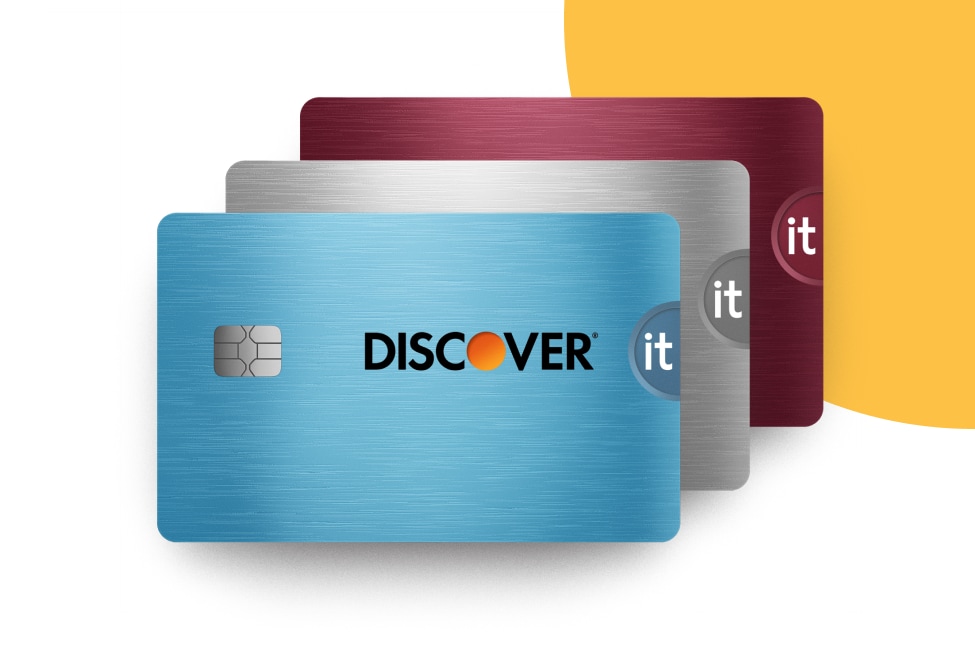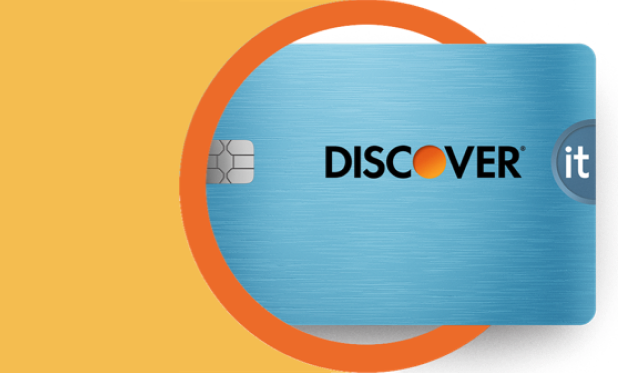
A balance transfer is when you move an unpaid balance from one lender to another. Typically, you transfer debt from an account with a high interest rate to one with a lower rate, so you can save on interest and get debt under control. One example involves transferring debt from one or more credit cards to a card with a lower interest rate offer.







